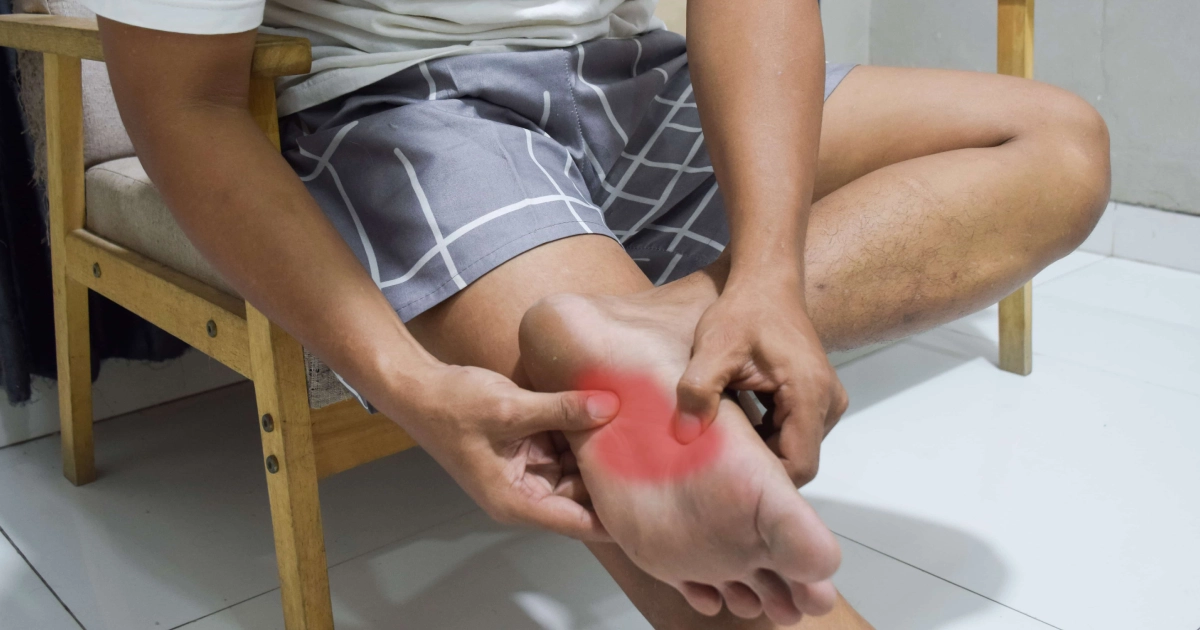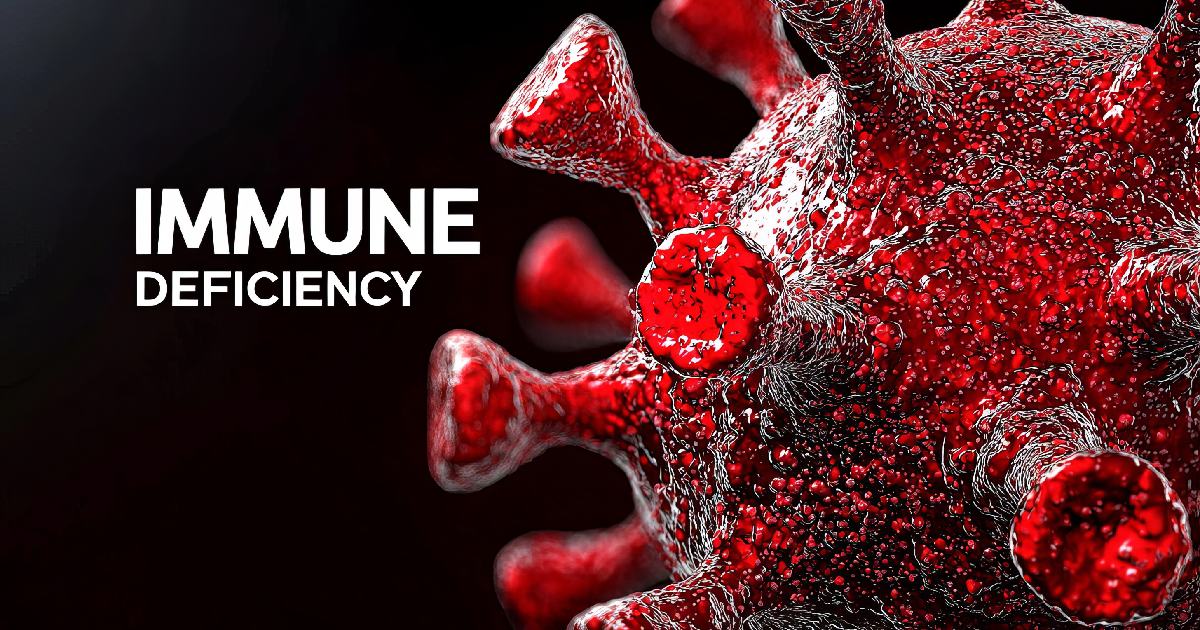
Table of Contents
Feeling worn out even when you haven’t done much? Struggling to keep your eyes open, chew without tiring, or speak clearly? These might not just be signs of stress or aging. They could be early Myasthenia Gravis symptoms, and if they’re affecting your everyday comfort or performance, it’s time to pay closer attention.
Wellness-focused individuals often work hard to stay healthy, but some conditions, like Myasthenia Gravis, are often overlooked. They cause real issues that feel vague or inconsistent at first. If you’ve ever thought, “Why am I so exhausted after doing the smallest thing?” or “Why does my face feel heavy by evening?”—you’re not alone.
At Omega Health Clinics, we help people make sense of what’s going on with their bodies. Learning how this autoimmune neuromuscular disorder affects your nervous system gives you the clarity to move forward, find relief, and stop second-guessing your symptoms.
How the Nervous System and Muscles Work Together
Every move you make—blinking, smiling, lifting a glass—starts with your nervous system. It sends electrical signals from your brain through nerves to muscles. These signals pass through a connection point called the neuromuscular junction. Here, a chemical called acetylcholine is released to tell the muscle to contract.
In people with Myasthenia Gravis, the immune system mistakenly creates antibodies that block or damage acetylcholine receptors. When that happens, muscles stop receiving full signals. This results in weakness, especially after repeated use. Your muscle might work fine for a minute, then fail when you need it again shortly after.
The condition is classified as an autoimmune neuromuscular disorder because the body’s immune system interferes with the way nerves communicate with muscles. What makes it even more frustrating is that the muscle isn’t physically injured—it just isn’t getting the memo to do its job.
What Living with Myasthenia Gravis Looks Like
Myasthenia Gravis symptoms show up in different ways, depending on which muscles are affected. You might notice that your eyelids start to droop, especially toward the end of the day. You may find it harder to chew, smile, or speak for long periods. Some people have trouble lifting their arms or walking without fatigue, even if they were active before.
What’s tricky is that these symptoms can come and go. They may seem mild one day and stronger the next. That’s one reason people often dismiss them, thinking they’re just tired or stressed. But this inconsistency is a red flag, a classic example of how this autoimmune muscle disease behaves.
The core issue is that nerve signals aren’t getting through to the muscles the way they should. As a result, muscles tire easily and take longer to recover. This can make regular tasks—like brushing your hair or climbing stairs—feel harder than they should.
Understanding the Causes of Myasthenia Gravis
The exact causes of Myasthenia Gravis aren’t fully understood, but we do know it starts with the immune system attacking the connection between nerves and muscles. Most people with this condition have antibodies that block or destroy the receptors for acetylcholine, which is critical for muscle movement.
In some cases, the thymus gland, a small part of the immune system located in the chest, may be enlarged or contain tumors. This is especially common in people whose symptoms show up earlier in life. While it’s not contagious or inherited, Myasthenia Gravis may develop more easily in people with other autoimmune conditions or a genetic predisposition to immune-related problems.
The condition tends to affect women under 40 and men over 60, though anyone can develop it. Understanding the causes of Myasthenia Gravis can help guide treatment options, especially when the thymus is involved.
How Doctors Make a Myasthenia Gravis Diagnosis
Getting a clear Myasthenia Gravis diagnosis takes more than just one test. Since symptoms often mimic other conditions, doctors usually combine different methods to get a full picture.
Blood tests are typically done first to look for the specific antibodies that attack acetylcholine receptors. If those aren’t present or conclusive, your provider might order an electromyography (EMG) to check how your muscles respond to nerve signals. A short-acting drug called edrophonium might be used during testing to see if your muscle strength improves temporarily.
Imaging, such as a CT scan or MRI, can also be part of the process, especially if doctors suspect issues with the thymus gland. The goal is to rule out other conditions and confirm whether this neuromuscular disorder is the true cause of your symptoms.
A thorough Myasthenia Gravis diagnosis helps set the right course of action. Early intervention can make a significant difference in how you feel and function long-term.
Treatment Options That Support Long-Term Muscle Function
If you’re living with Myasthenia Gravis, you don’t have to face constant fatigue or daily disruptions. Treatment is available, and most people see a significant improvement once they start a consistent care plan.
For many, the first step involves medications that improve communication between nerves and muscles. These anticholinesterase drugs help acetylcholine stay active longer, making it easier for your muscles to respond. Immunosuppressants are also used in more moderate to severe cases to reduce the immune system’s attack on the body’s receptors.
Another option, especially when a tumor or enlargement is present, is thymectomy—the surgical removal of the thymus gland. Some patients see long-term improvement or remission after this procedure.
During more serious flare-ups, treatments like plasmapheresis or IVIG (intravenous immunoglobulin) can be used. These help remove harmful antibodies from the bloodstream or block their effects.
At Omega Health Clinics, patients seeking Myasthenia Gravis treatment in Modesto, CA, receive care that’s adjusted to their condition, symptoms, and goals. From diagnosis to follow-up, the focus stays on preserving muscle function and improving daily quality of life.
Regain Muscle Strength with Expert Care
Constant muscle fatigue isn’t something you should have to live with. Even if symptoms seem to come and go, it’s worth checking in with a provider who understands Myasthenia Gravis and how it impacts the nervous system.
Struggling with muscle weakness? Our experts are here to help.
Taking the Next Step Toward Relief
If you’ve been dealing with muscle weakness, drooping eyelids, or unexplained fatigue, don’t keep guessing. A proper Myasthenia Gravis diagnosis can open the door to treatment options that restore strength and confidence.
With support from specialists at Omega Health Clinics, you’ll have access to care that focuses on what matters most: your comfort, safety, and long-term results. Whether you’re newly diagnosed or still searching for answers, your care can be personalized to fit your lifestyle and condition.
Myasthenia Gravis treatment can improve muscle control, reduce fatigue, and help you feel more like yourself again. Contact our team today and take the first step to better muscle health.





